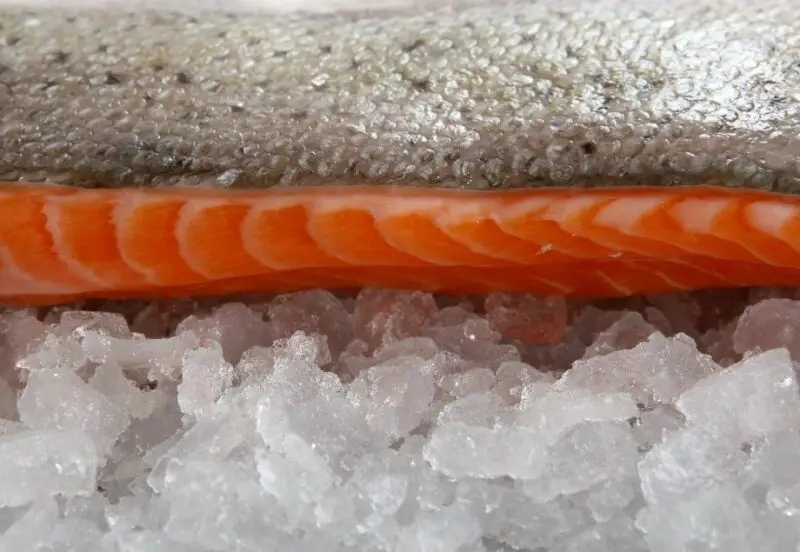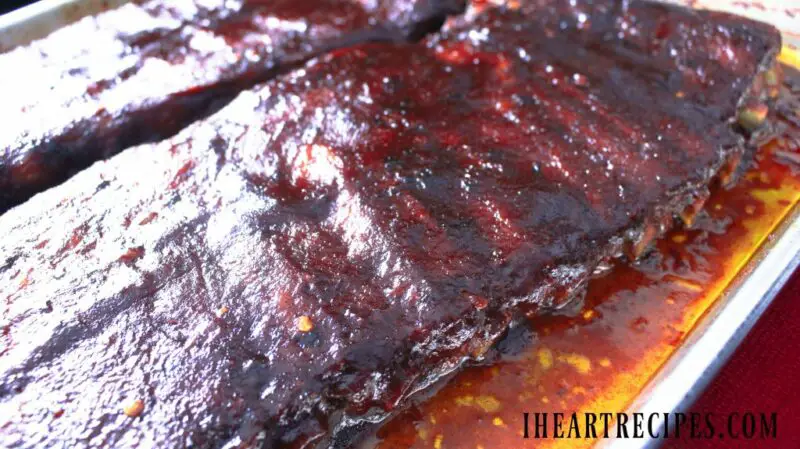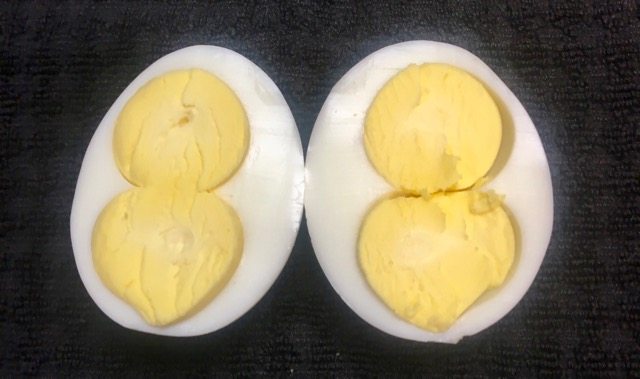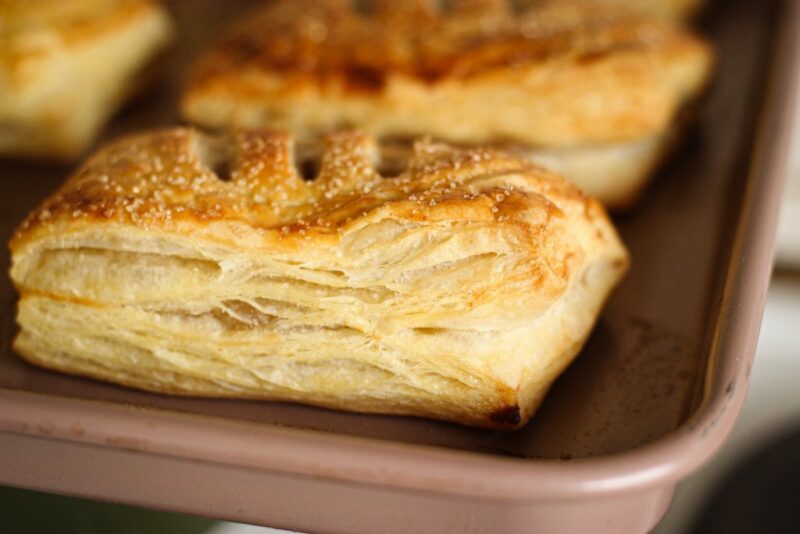Proper food handling practices are crucial to ensuring the safety of meals served to ourselves and others. Cooking fish that has been thawed from the freezer requires special attention to timing in order to avoid the risks of consuming undercooked or overcooked food. In this article, we will explore how long after defrosting fish should be cooked, best practices for cooking defrosted fish, and proper storage techniques for cooked fish leftovers.
Defrosting Fish
Before cooking fish that has been frozen, it is important to ensure that it is fully thawed. The most effective and safe methods for defrosting fish are as follows:
- Refrigerator Method: Place frozen fish in a covered dish or container in the refrigerator for several hours until fully thawed.
- Water Bath Method: Submerge sealed frozen fish in a bowl or sink filled with cold water. Change the water every 30 minutes until thawed.
- Microwave Method: Use your microwave’s defrost function or select low heat settings to gradually thaw frozen fish.
It is vital not to refreeze the previously-frozen seafood if it was left at room temperature for over two hours as food poisoning bacteria can grow rapidly at temperatures above 40°F.
Safe Cooking Temperatures
It is essential always to cook seafood like Fish thoroughly before serving even after it is defrosted as raw seafood may carry harmful bacteria and leades parasites regardless of their origin. To achieve safe consumption, cook fresh or thawed (that has not been refrozen) seafood measured by internal temperature rather than time. The USDA recommends cooking seafood until it reaches an internal temperature of 145°F.
The risks with undercooking include ingesting harmful bacteria found on raw or undercooked fish product such like Vibrio vulnificus infections; these infections could hospitalize people or lead to death in certain cases especially individuals who are elderly, immunocompromised and pregnant. Overcooking seafood, on the other hand, could make it rubbery frustrating the taste experience for those who do prefer a minimally addressed fish preparation.
Timing Fish Cook Time
Several factors influence the cooking time of defrosted fish, including its thickness and the type of fish. Using visual cues to determine when fish is cooked thoroughly can be helpful, but it’s best also to have a timer handy. Here are some general methods to calculate cook times based on thickness:
- For fillets that are up to 1 inch thick: Cook for roughly 10 minutes per inch of thickness.
- For thicker pieces of fish: cook up to 20min per inch of thickness.
- Fish that is 1/2 inch or less typically takes about three to five minutes to fully cook in a skillet.
Some common types of fish like salmon require crisp edges while still moist and tender with an internal temperature between 125°F and 130°F.
Best Practices for Cooking Defrosted Fish
Having thawed the frozen fish correctly, we now turn our attention to preparing it for optimal flavor and texture after cooking;
- Pat dry fish before any seasoning or marinades application by using paper towels.
- It’ll assist in searing the meat properly rather than steaming if you’re frying or baking it.
- Season your thawed fish right before cooking so that salt doesn’t loosen moisture from refrigerated seafood while marinating.
- Try adding flavor using delicate herbs like thyme as well as zest or lemon juice during cooking time as often citrus blends suit seafood very much.
There are different methods of cooking defrosted fish, ranging from baking, grilling, stir-frying, broiling which can produce unique textures and flavors depending on one’s preference.
Storing Cooked Fish
If there happens to be leftover cooked fish at dinner’s table, ensure safe storage techniques are followed. Store properly cooked fish in the refrigerator within two hours of serving or the soonest as possible to ensure quality and freshness.
For more extended storage, it is best to freeze any leftover cooked seafood a few days after storing it correctly in an airtight container. Frozen and cooked food usually maintains great quality for a maximum of up to two months in the freezer. To defrost frozen fish, use fridge overnight for thawing before reheating, or warm-up straight from the freezer when needed.
Conclusion
In essence, cooking after defrosting is ideally about ensuring safe internal temperatures are attained through adequate cook time without compromising textures and flavors per our preferences. Fish can be an enjoyable and nutritious meal but must be handled carefully using essential safety precautions highlighted here. By keeping these tips in mind while cooking thawed fish, you can guarantee that your meals are both healthy and flavorful. Always remember that safe food handling techniques should not only be followed for seafood dishes but all food groups!
Q&A
Q&A: How long after defrosting should the fish be cooked?
- Q: Can I cook fish immediately after defrosting it? A: It’s not recommended to cook fish immediately after defrosting it because it can affect the texture and taste of the fish. It’s best to let the fish sit in the fridge for a few hours to fully thaw before cooking.
- Q: How long does it take for fish to thaw in the fridge? A: The time it takes for fish to thaw in the fridge depends on its size and thickness. Generally, a small fillet can take around 6-8 hours while a larger one may take up to 24 hours.
- Q: Is it safe to defrost fish at room temperature? A: No, it is not safe to defrost fish at room temperature as this can encourage bacterial growth and increase the risk of foodborne illnesses. Always thaw your fish in the fridge or under cold running water.
- Q: Can I re-freeze my fish if I didn’t end up cooking it? A: It’s not advisable to re-freeze fish that has already been thawed as this can cause harmful bacteria to grow, leading to potentially unsafe levels of contamination. It’s best to cook any thawed seafood within 24-48 hours of thawing and consume it immediately for optimal safety and flavor.





